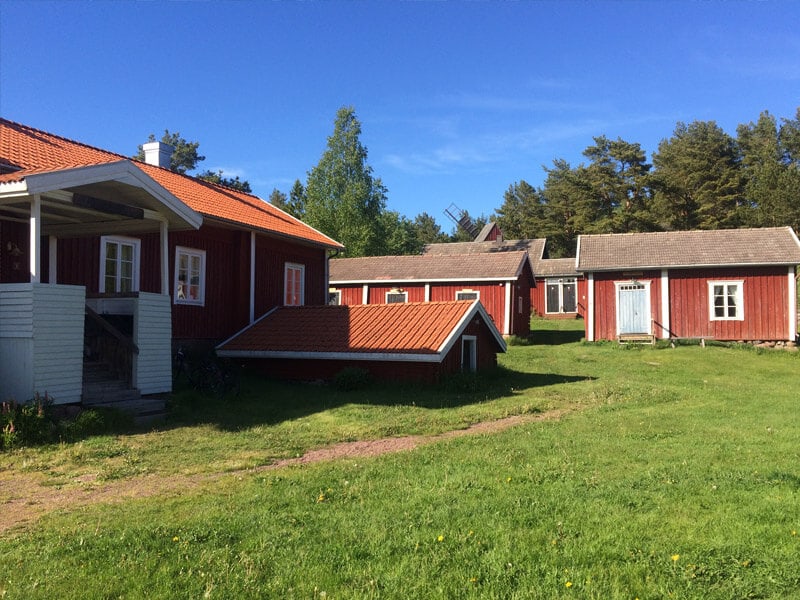Notre nature est ce que les îles d'Åland ont de mieux à offrir aux visiteurs. Quelle que soit la façon dont vous choisissez de voyager, vous pouvez toujours trouver des moyens de découvrir la nature ici. La topographie plate rend le vélo une promenade d'un jour - ou d'un séjour entier.
Les ferries insulaires transportent les personnes et les véhicules jusqu'aux plus grandes îles. Si vous naviguez dans l'archipel avec votre propre bateau, il y a de nombreux ports naturels protégés et marinas parmi les îles.
Si vous aimez le kayak, il est facile de trouver un bon endroit pour planter votre camp parmi les milliers d'îles inhabitées. Les kayaks peuvent être loués pour une journée ou une semaine entière.
Pendant l'été, des bateaux de tourisme emmènent les visiteurs faire des excursions pour observer les phoques ou des excursions vers de belles skerries et des îles.
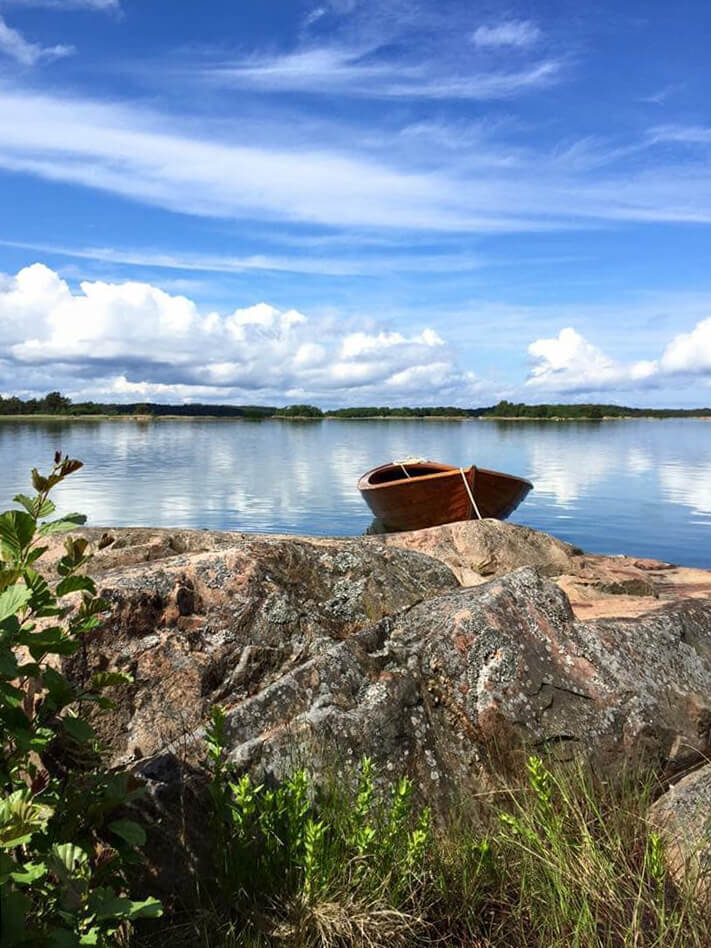
Pommern est un voilier à coque d'acier préservé de 1903, amarré dans le port ouest de Mariehamn près des terminaux Viking et Silja. It is the only remaining ship of it's kind and the pride of Mariehamn. Le musée maritime se trouve à proximité du navire et contient de belles maquettes de navires d'Åland, d'anciens instruments de navigation, de luxueux quartiers de capitaine, des expositions sur la culture du marin et une ancienne machine à vapeur.
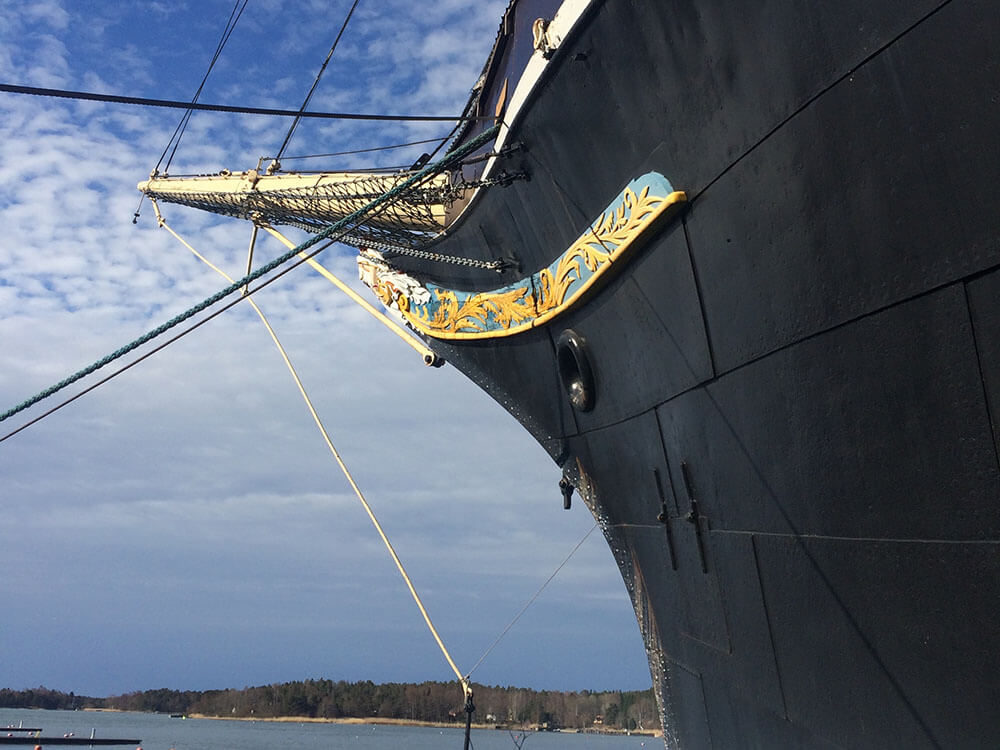
Le château de Kastelholm est l'un des sites les plus visités d'Åland. Le premier château a été construit au XIVe siècle et a accueilli des rois nordiques ainsi que servi de prison pour le roi Erik XIV de Suède. Le château a été le théâtre de divers conflits politiques au Moyen Âge et a été incendié à plusieurs reprises. Il y a plusieurs musées à proximité du château.
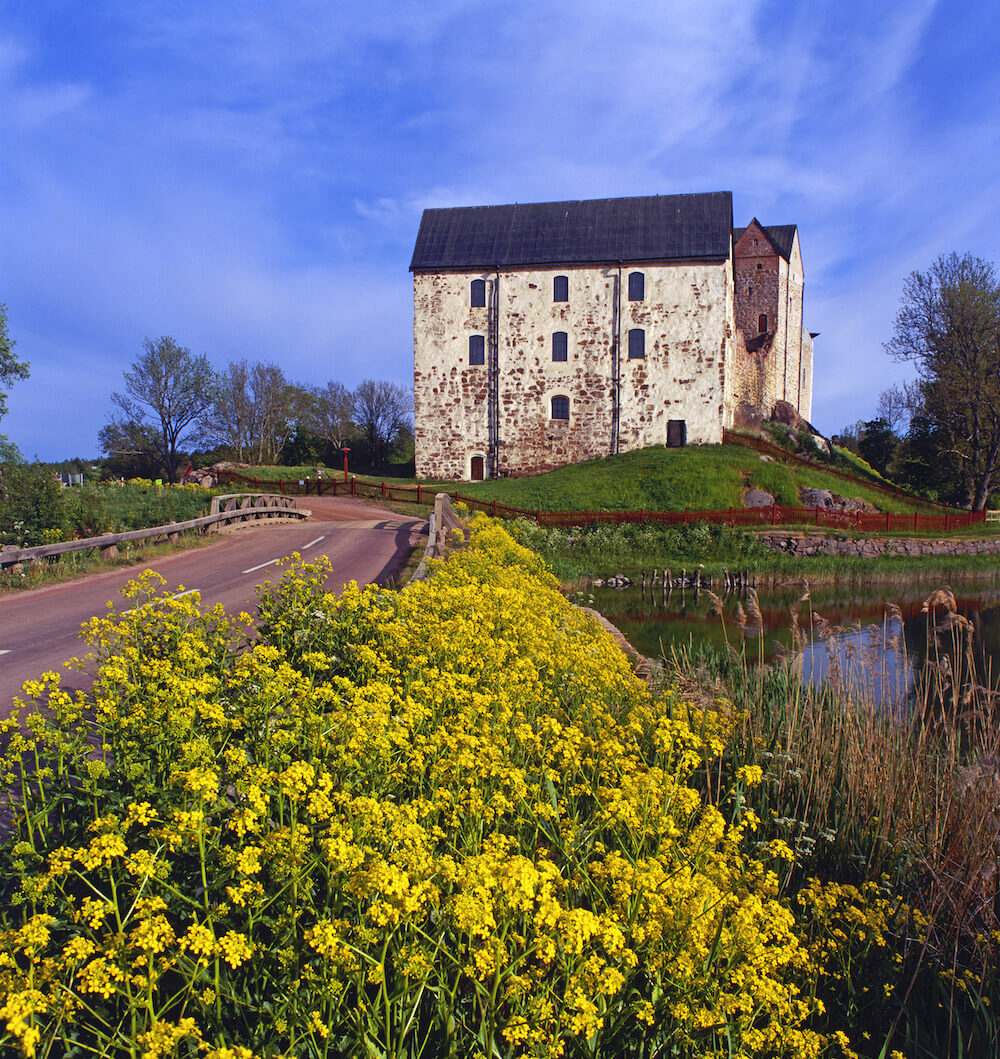
À quelques kilomètres de Kastelholm, en direction de Vårdö, se trouvent en ruines la forteresse de Bomarsund. La construction du bastion a commencé en 1832, lorsque Åland faisait partie de la Russie, mais n'a été achevée qu'à moitié avant que les marines britannique et française ne l'attaquent pendant la guerre de Crimée de 1854. Après une bataille majeure, impliquant 14 000 soldats et 80 navires, les Russes ont été contraints de se rendre. La marine britannique a fait exploser la forteresse et aujourd'hui, il ne reste que les ruines.
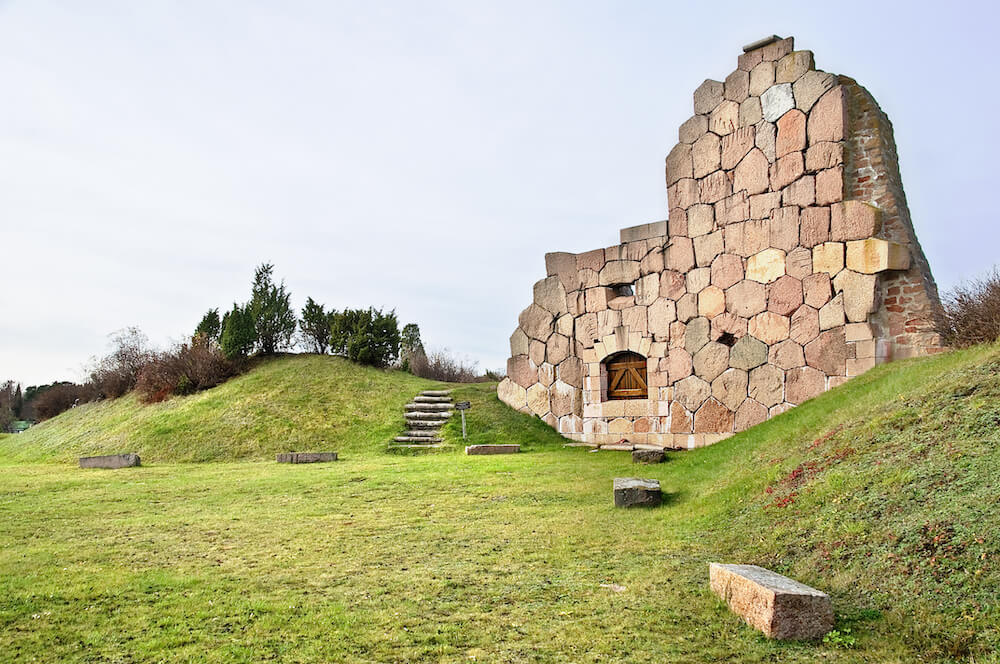
Cette belle île est située à Kökar dans l'archipel extérieur. Un baron excentrique a fait de cette île stérile sa maison au cours du 20e siècle et a utilisé l'aide de la population locale pour ériger des statues classiques, cultiver un jardin, construire une maison et construire un port, tout cela à la main. Des excursions quotidiennes sont organisées de Kökar pendant l'été à Källskär, une île également célèbre pour une formation rocheuse « particulière » de l'âge de glace qui pourrait ressembler à un chaudron.
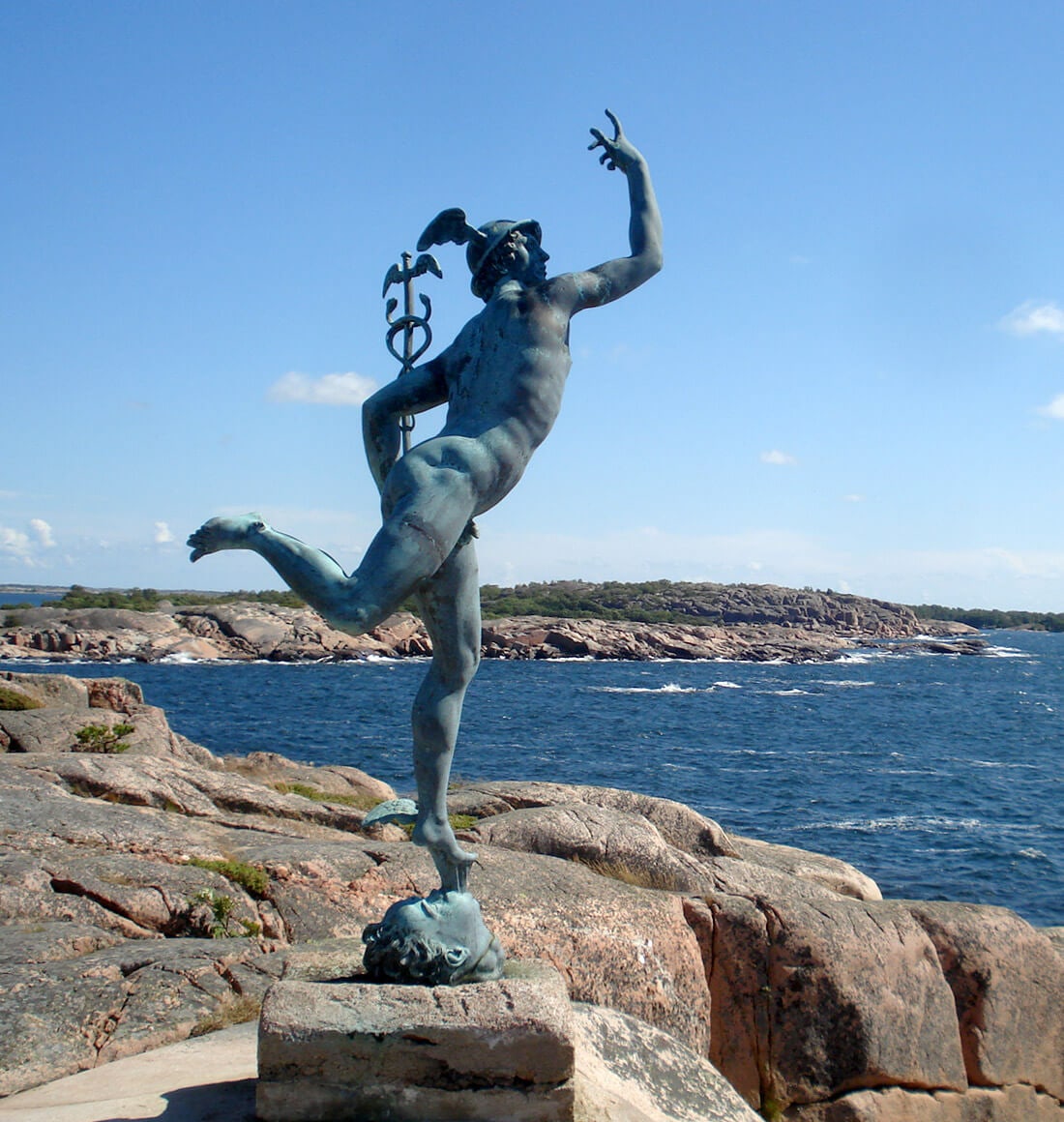
Il y a une douzaine d'églises médiévales en pierre à travers les îles. Föglö, Kumlinge et Kökar abritent chacune des églises du XIVe siècle et à côté de l'église de Kökar se trouvent les ruines d'un monastère franciscain médiéval. Sur la petite île de Sottunga se trouve une chapelle en bois d'origine médiévale.
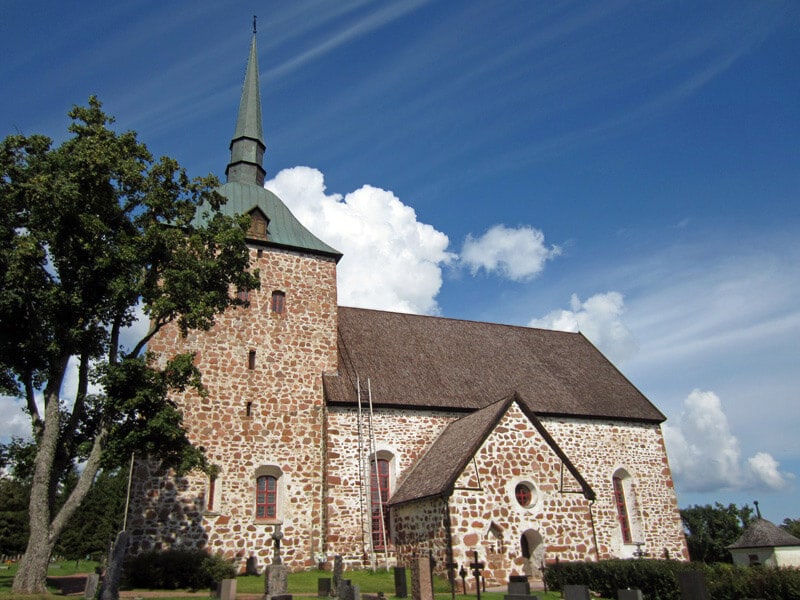
Ce bâtiment a été érigé après qu'Åland et la Finlande soient devenues partie de la Russie après la guerre de 1809. L'architecture est impériale et faite pour impressionner, puisque c'était la frontière la plus occidentale de l'empire du tsar russe. La construction a été achevée en 1828 et aujourd'hui il abrite un musée et des expositions de l'époque où le courrier était transporté entre la Finlande et la Suède par des paysans locaux dans leurs petites barques.
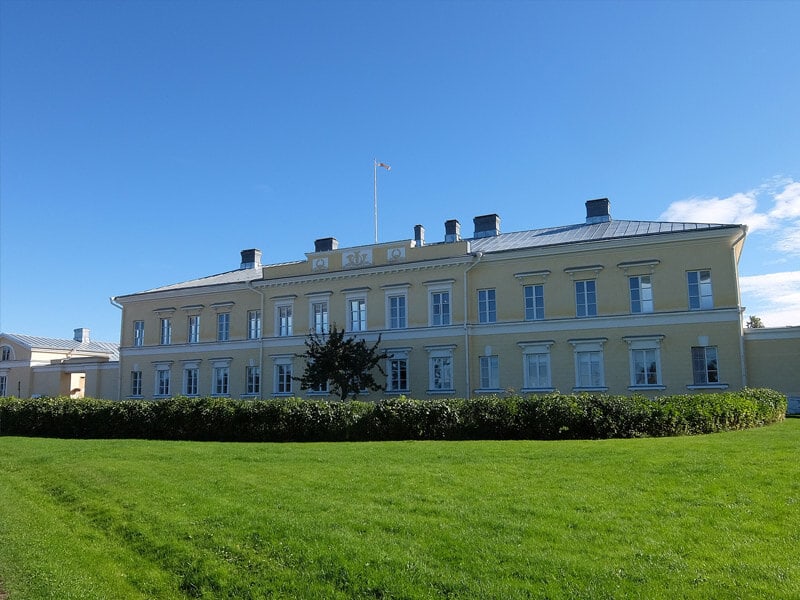
Mariehamn est la seule ville des îles Åland et a été fondée par le tsar Alexandre II au XIXe siècle. La nouvelle ville avait besoin des services de pilotes pour guider les navires entrants vers le port, et donc une cabine de pilote a été construite sur l'écueil de Kobba Klintar. Quelques années plus tard, un phare a également été installé. Aujourd'hui, ces écueils sont encore la première vue de la terre pour de nombreux passagers de ferry qui voient après avoir traversé la mer depuis la Suède. De la fin juin à la fin août, des excursions en bateau vers l'écueil partent deux fois par jour. Hors saison, les visites sont organisées sur réservation préalable. Il y a un petit port pour ceux qui arrivent avec leur propre bateau.
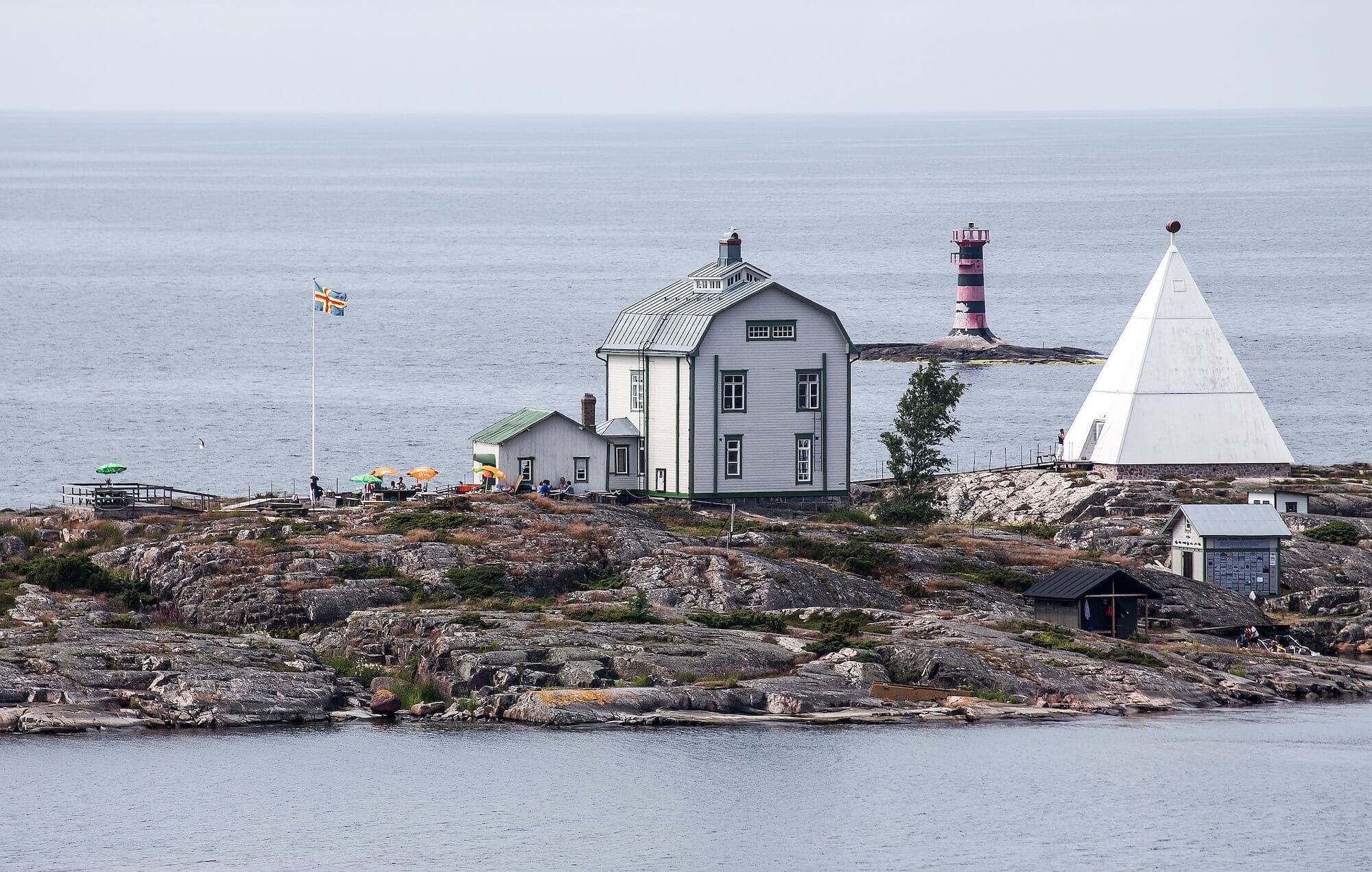
Les premières personnes à avoir jamais mis les pieds sur Åland sont présumées être des chasseurs de phoques, qui ont installé leur camp ici il y a des milliers d'années. Les phoques étaient chassés pour leur viande, leur fourrure et pour l'huile qui pouvait être extraite de la graisse. La pêche est devenue un moyen encore plus important de subsistance après que les îles aient été colonisées. Les insulaires pêchaient de grandes quantités de harengs et de cabillaud et naviguaient vers les capitales autour de la mer Baltique pour vendre leur prise. Le musée de la chasse et de la pêche est situé à Eckerö et ouvert jusqu'à la fin août.
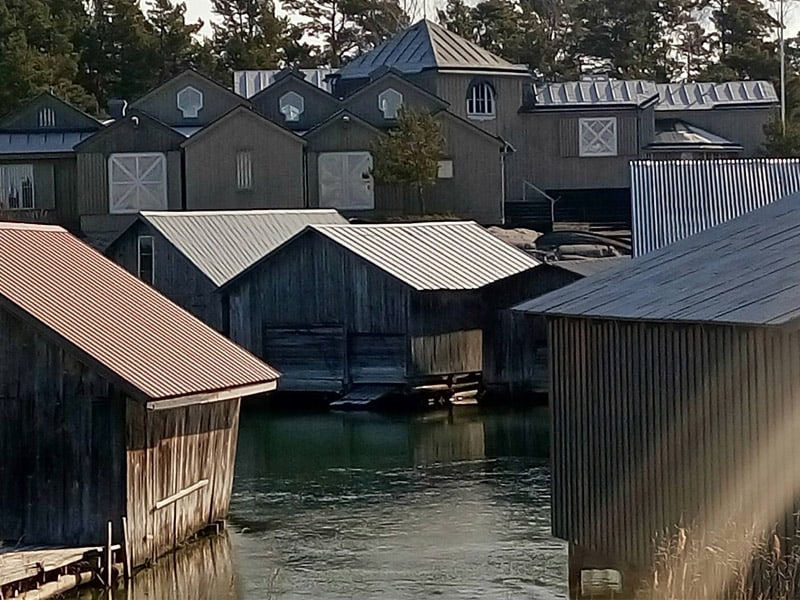
Il existe plusieurs fermes préservées des anciens jours autour d'Åland. L'une des plus intéressantes est la Guesthouse Enigheten à Föglö, où les voyageurs ont été reçus depuis au moins le 17e siècle. L'auberge a également fonctionné comme tribunal pour les îles environnantes jusqu'aux années 1940. L'endroit a été détruit par un incendie, mais reconstruit au 18e siècle et préservé aujourd'hui dans le même style. La guesthouse reçoit toujours des hôtes pour passer la nuit et le restaurant est ouvert à tous les visiteurs.
À Kumlinge, la ferme Hermas, avec ses dizaines de bâtiments, est préservée telle qu'elle était il y a plus d'un siècle. À Lemland, vous trouverez l'ancienne maison du capitaine Pellas, parfaite pour une visite et une pause sur la route de Mariehamn vers l'archipel oriental.
